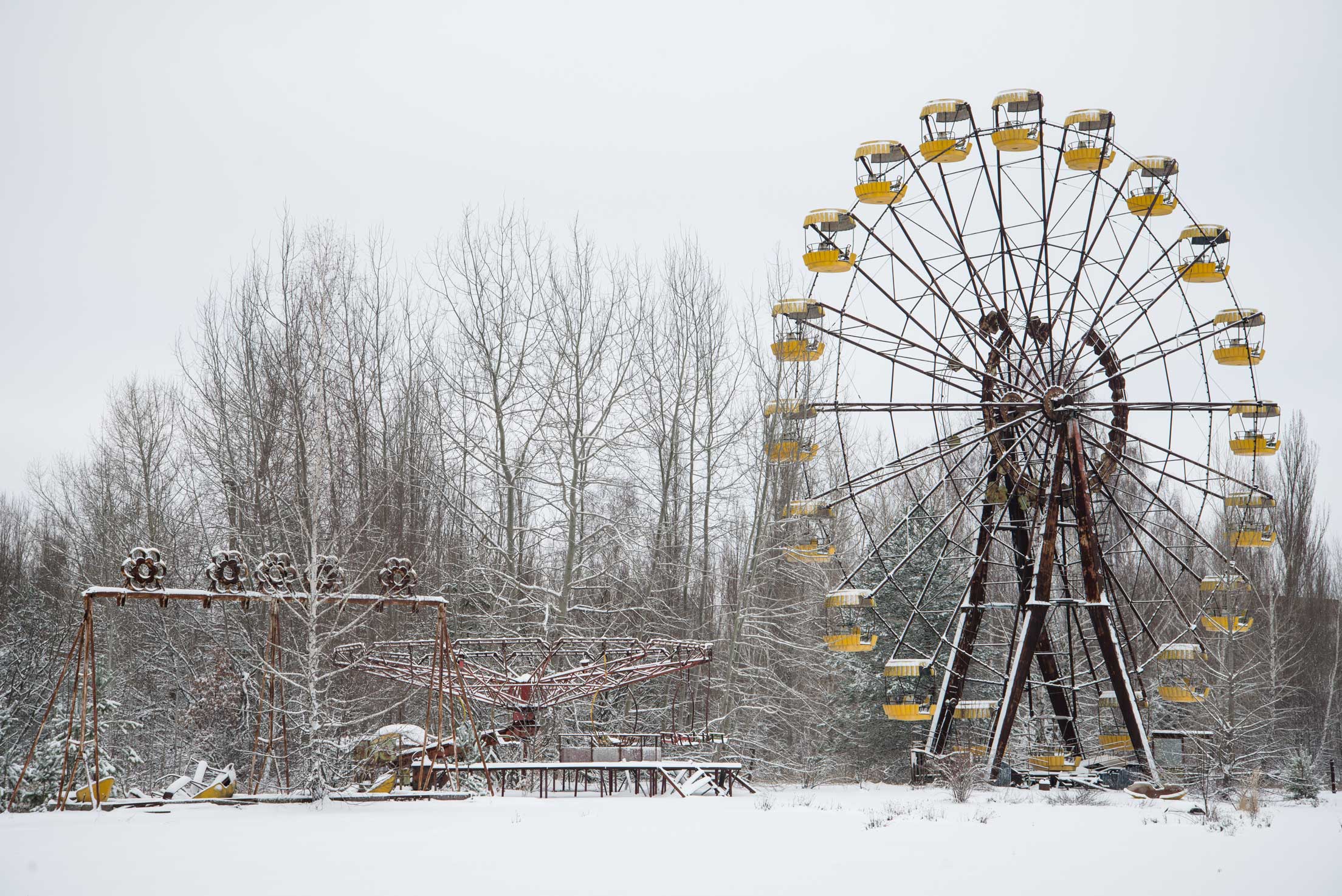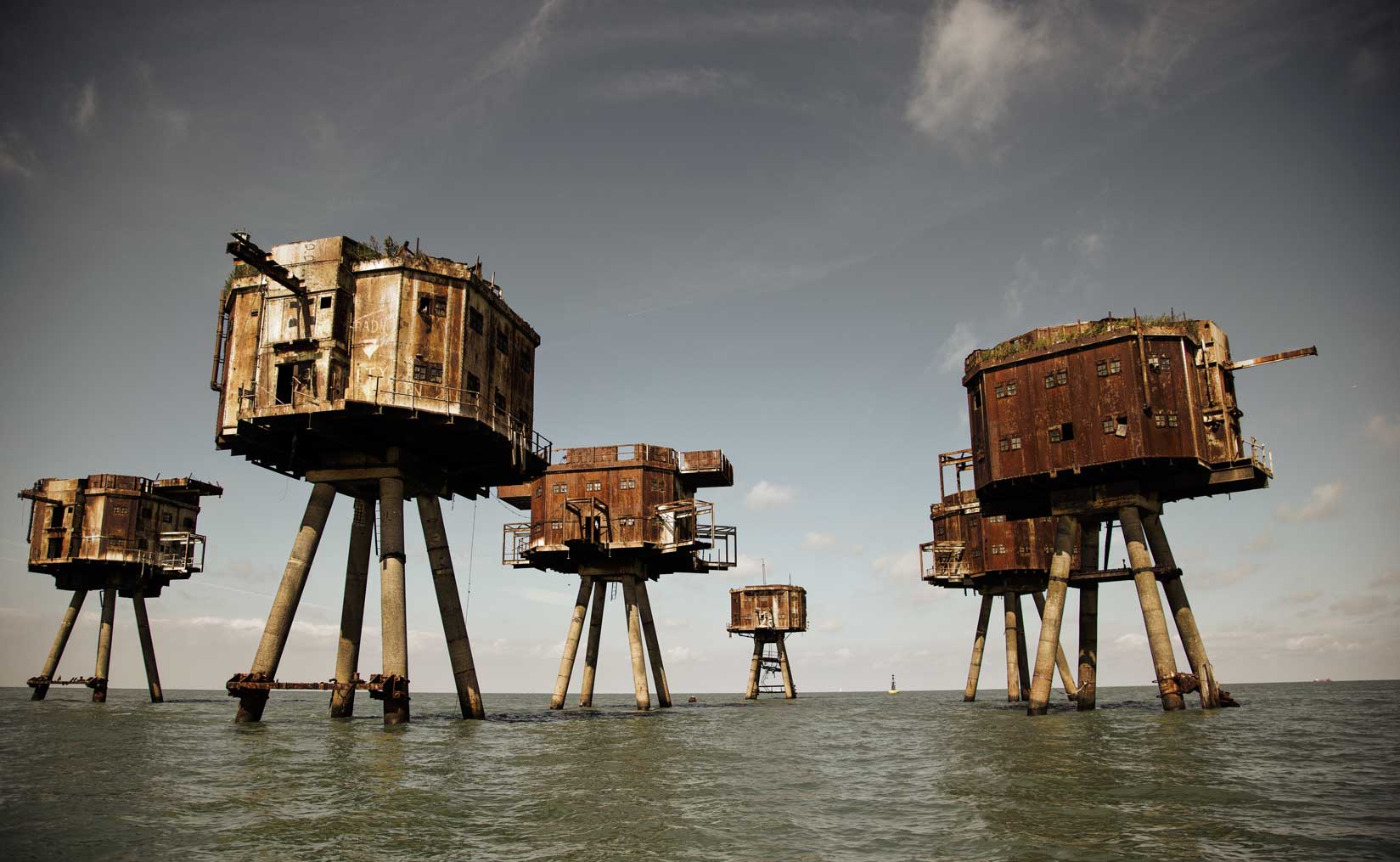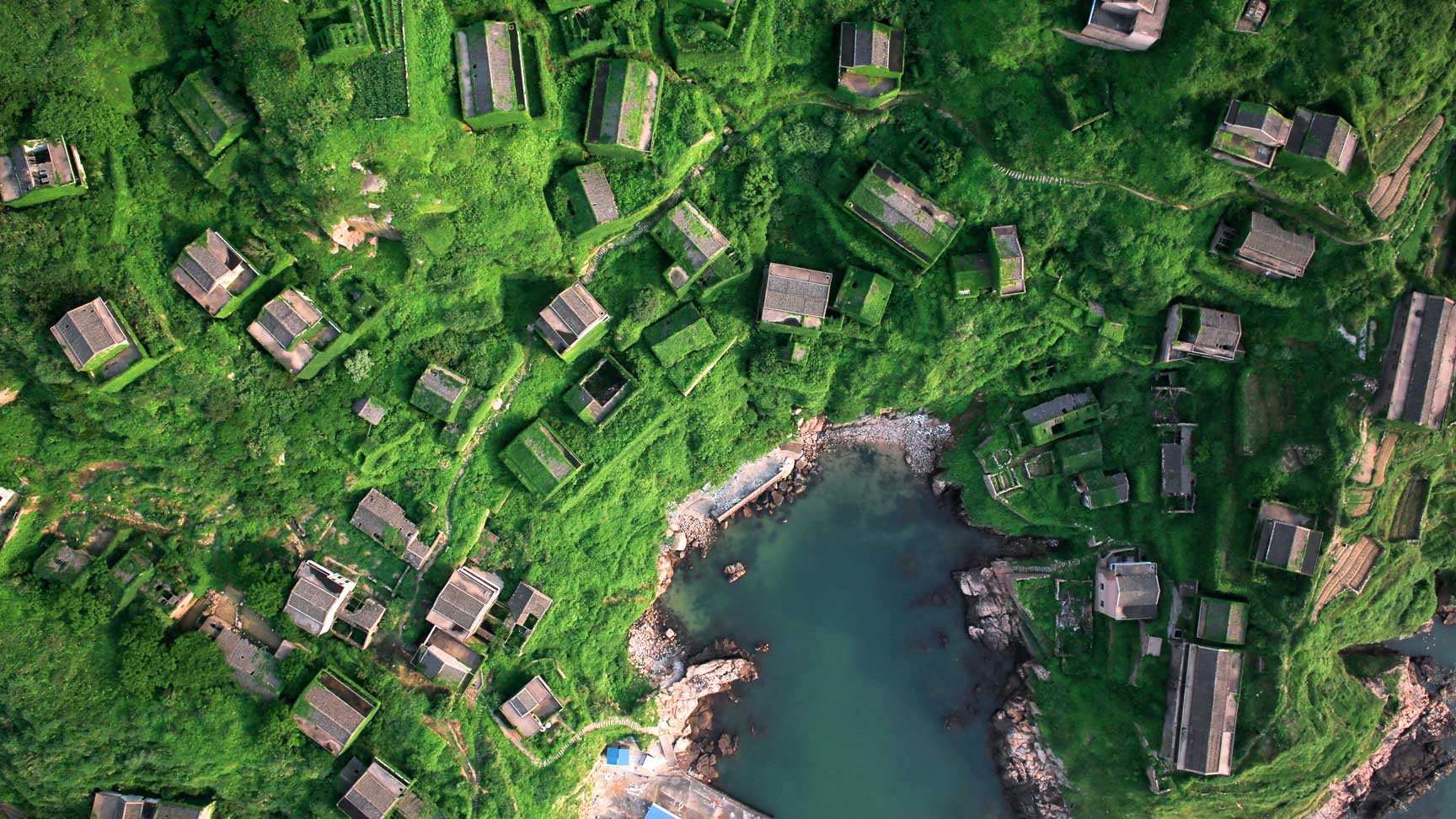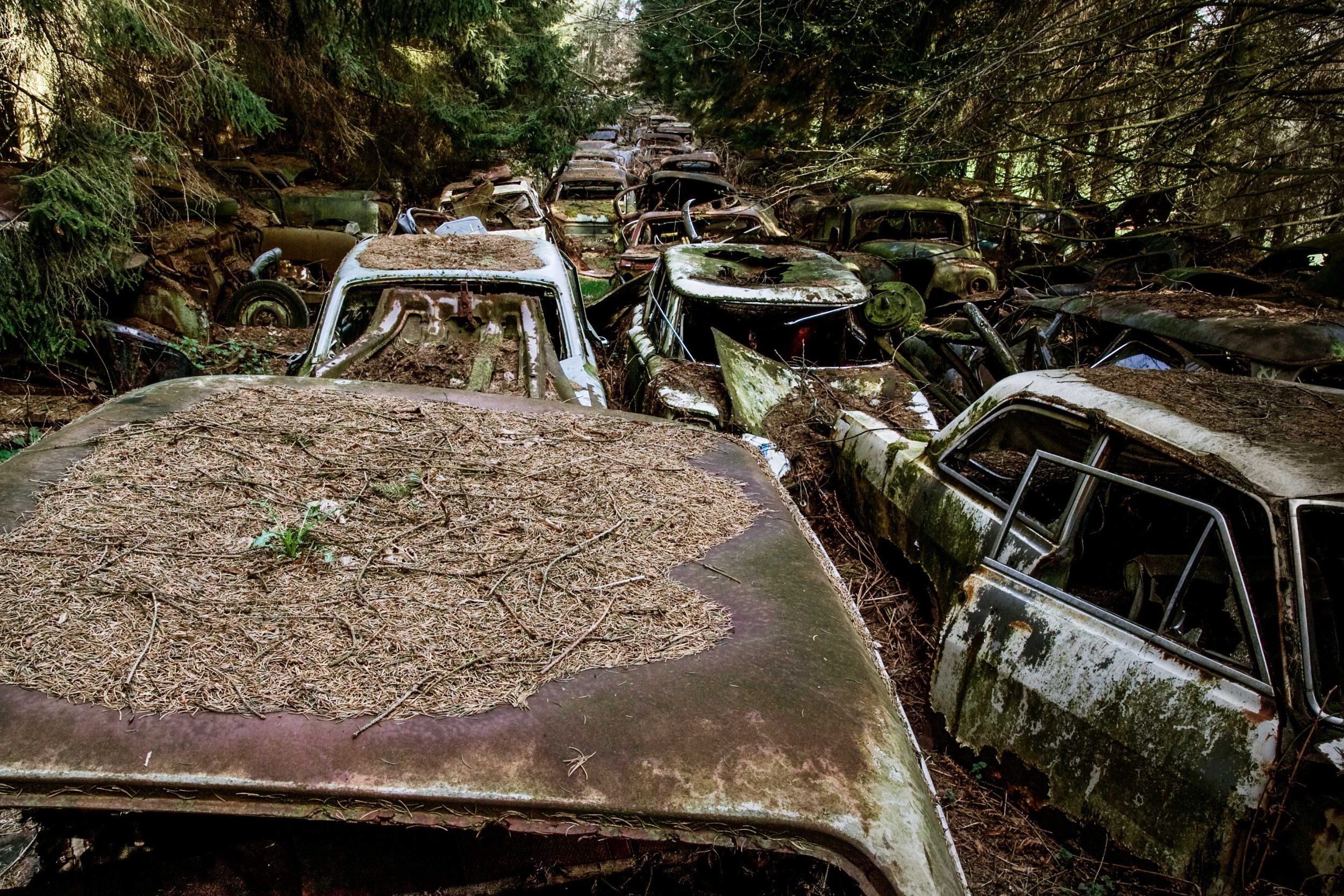
Perhaps the loneliness of Pripyat city is so unmistakable because of the sheer number of those who left it. Its 50,000 inhabitants were all evacuated shortly after the devastating meltdown at the nuclear power plant in nearby Chernobyl in 1986. Their absence cannot just be seen, but felt in this nuclear wasteland. Though the surrounding forest — now part of a huge wilderness area — is moving in, Pripyat is a whole city suspended in time, which is why it is so mesmerising for many tourists. The fairground that was never opened lingers in the memory, its rusting Ferris wheel, bumper cars and swing-boats now just a melancholy reminder of life’s abruptness. There are sobering remnants of the past everywhere — abandoned gas masks and children’s dolls entwined in the school yards. Although it is not safe to visit for long periods of time, one is able to enter on a day pass.

The Maunsell sea forts in the Thames and Mersey Estuaries have long been left alone to rust and decay. These remarkable army and naval forts were built during the Second World War but had a short period of actual operation. The forts have had unique and fascinating lives, from being pirate radio sites to facing attack by vandals and collisions with wayward vessels. Although some of the forts have been defeated by time and other ‘enemies’, several stubbornly persist. Now the only steadfast visitors that these concrete sea creatures regularly have are the squawking birds that ride the surrounding swell. Many of the forts are deemed too unsafe to enter, though it is possible to admire them from the boats that occasionally visit and more often pass by.

Houtouwan was once a flourishing fishing village on Shengshan Island, east of Shanghai, before the mass exodus of over 2000 fishermen many years ago that left only a solitary few inhabitants behind. The decaying stone walls and houses have been consumed by lush foliage, giving the village its exquisite distinctness. Every crack and crevice seems to sprout greenery, as nature continues to heal the village of its past loneliness. The mountain and sea outlooks make this place even more breathtaking. Though abandoned by permanent residents, Houtouwan’s streets are well-worn by the relentless flood of tourists who visit the village daily.

The unforgiving sand dunes of the Namibian desert are gradually burying Kolmanskop, a former diamond mining town which was abandoned nearly 60 years ago. The town’s population dwindled to non-existence because of the discovery of healthier diamond deposits further south. Kolmanskop was left a ghost town. Its ballrooms, theatres and casinos are frozen in time — never to delight another soul again. Today, however, guided tours of the collapsing and sand-filled ruins bring people back to this fascinating town. The grandeur of the town’s past is inescapable, but because of its arid, wind-swept surroundings, it is easy to see why there is only an echo of life remaining here.

An overgrown car graveyard can be found in a quiet forest near the Belgian village of Chatillon. Though their origin remains a mystery, the lichen-laced skeletons of vintage cars are rumoured to have been left by US servicemen who were posted in the area following the Second World War. Newer cars have been added to the foliage highway over time. The rusting corpses have slowly been dismantled by collectors and devoured by the surrounding forest. Although the site has apparently been closed to the public for the last few years because of environmental concerns, hopes remain that it may once again be possible to visit this strangely beautiful place.
